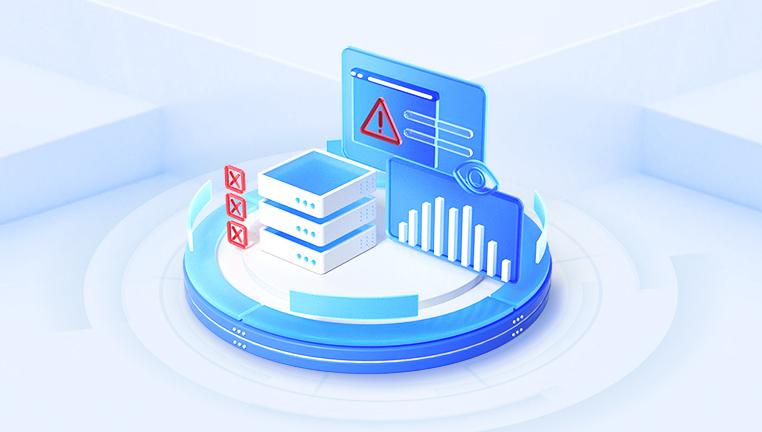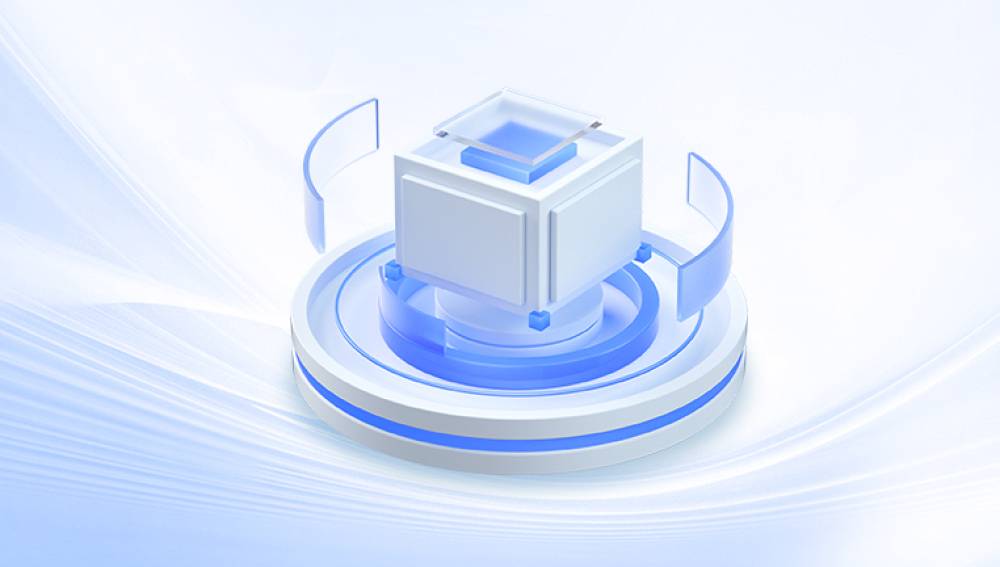The world of portable storage has evolved at an astonishing pace over the past decade. Once, external hard drives were cumbersome, slow, and prone to mechanical failure. Today, portable Solid State Drives (SSDs) like the Samsung T5 have redefined convenience, speed, and reliability for both casual users and professionals alike. With their compact form factor, rapid transfer speeds, and robust build quality, the Samsung T5 series has become a top choice for photographers, videographers, gamers, students, and corporate users who need dependable storage on the go.
Despite their impressive technology, even SSDs like the Samsung T5 are not immune to problems. Drive corruption, accidental formatting, data loss, or firmware glitches can happen. When these issues arise, users often panic especially if critical personal memories or irreplaceable work files are at risk. That’s where online recovery methods come into play.
Online recovery refers to using software tools, cloud-based services, or connected systems to recover, repair, or restore functionality to the T5 without relying solely on physical repair services. With the right approach, you can often retrieve lost data or fix common errors remotely saving time, money, and significant frustration.

1. Samsung T5: Features and Risks
A. Key Features
Blazing Fast Speeds: Up to 540 MB/s via USB 3.1 Gen 2 interface.
Compact and Lightweight: Fits comfortably in the palm of your hand.
Hardware Encryption: Optional AES 256-bit hardware encryption for enhanced security.
Wide Compatibility: Works with Windows, macOS, Android devices, and even some gaming consoles.
Shock Resistance: Better durability than traditional external hard drives due to no moving parts.
B. Common Risks and Failures
Despite its advanced features, the T5 faces several potential issues:
Accidental Deletion: Files or partitions may be deleted by mistake.
Corruption from Improper Ejection: Pulling out the drive without safely ejecting can corrupt the file system.
Password Lockout: Losing the password renders the drive inaccessible.
Firmware Issues: Outdated or buggy firmware can cause detection failures.
Physical Damage: Although shock-resistant, extreme impacts can still damage internal chips.
Virus or Malware Attacks: Especially when connected to shared or public computers.
Understanding these risks is the first step toward effective recovery.
2. Diagnosing the Problem
Before diving into recovery, identify the exact problem you're facing:
Drive Not Recognized: Appears nowhere in Windows Explorer, macOS Finder, or even Disk Management/Disk Utility.
Corrupted Filesystem: Drive is recognized but prompts for formatting or shows errors.
Deleted Files: Specific files or folders are missing.
Password Issues: Drive demands a password, but you’ve forgotten it.
Firmware or Software Issues: Drive malfunctions after a firmware update or during use.
Knowing the problem type narrows down the recovery solution you’ll use.
3. Preparing for Online Recovery
A. What You Need
Computer with Internet Access: To download necessary tools.
Reliable USB Cable: Preferably the original Samsung T5 cable or an equivalent high-quality one.
Patience and Care: Rushing can worsen data loss.
B. Immediate Do’s and Don’ts
Do NOT reformat the drive, even if prompted by your OS.
Do NOT write new files to the T5 until after recovery is completed.
Do save recovered files to a different drive during recovery.
These steps preserve the chances of full recovery.
4. Recovery Scenarios and Solutions
Scenario 1: Drive Not Recognized
Possible Causes
Cable or port issues.
USB driver problems.
File system corruption.
Hardware failure.
Solutions
Check Physical Connections
Try a different USB port or cable.
Test on a second computer.
Verify via Disk Management/Disk Utility
In Windows: Press Win + X → Disk Management.
In macOS: Applications → Utilities → Disk Utility.
If the drive appears without a letter or shows as "RAW," the file system is likely corrupted but the hardware is functional.
Reinstall USB Drivers (Windows)
Open Device Manager.
Expand Disk Drives and Universal Serial Bus Controllers.
Right-click Samsung T5 entries and select Uninstall.
Restart your PC to auto-reinstall drivers.
Use Samsung Portable SSD Software
Download Samsung Portable SSD Software from Samsung’s official site.
This can sometimes reinitialize the connection if encryption or firmware conflicts exist.
Scenario 2: Corrupted File System
Symptoms
Drive appears but prompts: “You need to format the disk before you can use it.”
Solutions
Use CHKDSK (Windows)
Open Command Prompt as Administrator.
Type:
bash
chkdsk X: /f
(Replace X: with your T5’s drive letter.)
Disk Utility First Aid (macOS)
Select the T5 drive in Disk Utility.
Click First Aid to repair the filesystem.
Scenario 3: Deleted or Lost Files
Drecov Data Recovery also offers multiple recovery modes, including Quick Scan for recently deleted files and Deep Scan for more complex recovery scenarios. No matter how the data loss occurred, the software provides a flexible approach to meet different recovery needs.
Security and data integrity are a priority. Drecov Data Recovery operates in a read-only mode during scans, meaning it does not alter or damage the original data during the recovery process. This ensures that your files remain safe while maximizing recovery potential.
Whether you're dealing with a minor mishap or a major data disaster, Drecov Data Recovery is a trusted companion for regaining access to your critical information. With its combination of speed, reliability, and ease of use, it empowers users to tackle even the most challenging data loss situations with confidence.
Scenario 4: Password Lockout
Important: Without the correct password, Samsung encrypts the drive with hardware encryption, making recovery virtually impossible.
Solutions
Samsung Portable SSD Software
Attempt password recovery if you enabled security questions (rare).
Otherwise, Samsung forces a secure erase wiping all data.
Samsung Service Center
If critical, contact Samsung Support. If drive electronics are intact, they may perform hardware-assisted unlocking (still rare and usually destructive).
Scenario 5: Firmware-Related Issues
Symptoms
Sudden connection drops.
Drive inaccessible after an update.
Solutions
Reinstall Samsung Portable SSD Software
Reflash Firmware (if accessible)
Samsung provides firmware update tools through their SSD software.
Only proceed if advised by Samsung Support.
5. Preventing Future Issues
A. Regular Backups
Always keep two copies of important data: primary + backup (ideally in different physical locations).
B. Safe Ejection Practices
Always use the “Eject” feature before unplugging your SSD.
Abrupt disconnection is a major cause of corruption.
C. Update Firmware Carefully
Update Samsung T5 firmware only when necessary and never during power instability.
D. Password Management
Use a secure password manager to store drive passwords.
Forgotten passwords = irreversible data loss.
6. When to Seek Professional Help
Online recovery is powerful but has limits. Seek help if:
The T5 is making unusual clicking or buzzing noises.
Drive isn't recognized even after driver reinstall and cable changes.
You've attempted multiple recovery tools without success.
Data is critically valuable (business, legal, medical, etc.).
Professional data recovery labs use specialized equipment like cleanrooms and NAND chip readers that can sometimes retrieve data even from dead drives.




